constituent assembly of india debates (proceedings)- volume vii
constituent assembly of india debates (proceedings)- volume vii
constituent assembly of india debates (proceedings)- volume vii
You also want an ePaper? Increase the reach of your titles
YUMPU automatically turns print PDFs into web optimized ePapers that Google loves.
It has been mentioned that the district is inhabited by mutually exclusive, diverse tribes. A movement<br />
for unification has however been afoot in the last two or three years and a body known as the Naga<br />
National Council (with sub-councils <strong>of</strong> the different tribes) was formed in 1945.Though a non-<strong>of</strong>ficial<br />
political organisation, many <strong>of</strong> its leaders and members are Government <strong>of</strong>ficials and the organisation<br />
has also received <strong>of</strong>ficial recognition locally. Thus the anomalous position <strong>of</strong> Government servants<br />
participating in political activity exist and in part this situation is due to the fact, that the educated,<br />
influential and leading elements are Government servants. Though the formation <strong>of</strong> this Council may be<br />
taken as an indication that the unity <strong>of</strong> administration has given a sense <strong>of</strong> unity to the different tribes it<br />
would perhaps be a mistake to suppose that there has been any real consolidation, and the tenacity with<br />
which the tribes hold on to their own particular views <strong>of</strong> traditions is still a potent factor. A notable<br />
characteristic <strong>of</strong> Naga* tribes is that decisions in their tribal councils are taken by general agreement and<br />
not by the minority accepting the decisions <strong>of</strong> the majority. This feature, though perhaps well suited to<br />
village affairs, may lead to many an unsatisfactory compromise in matters <strong>of</strong> greater movement.<br />
-------------------------------------------------------------------------------------<br />
* Other tribes have this characteristic also in greater or lesser degree.<br />
-------------------------------------------------------------------------------------<br />
In June 1946, the Naga National Council passed a resolution expressing their approval <strong>of</strong> the scheme<br />
proposed by the Cabinet Mission in the State Paper <strong>of</strong> May 16, 1946,and their desire to form part <strong>of</strong><br />
Assam and India. The resolution protested against the proposal to group Assam with Bengal. This<br />
resolution and the feeling which prompted it seems to have held the field throughout 1946, and the<br />
Premier <strong>of</strong> Assam who visited the district in November 1946 was greeted with the utmost cordiality. Early<br />
in 1947 the Governor <strong>of</strong> Assam, Sir Andrew Clow, visited the Naga Hills and advised the Nagas that their<br />
future lay with India and with Assam. Subsequently, towards the end <strong>of</strong> February 1947, the Naga<br />
National Council passed a resolution in which they desired the establishment <strong>of</strong> "an Interim Government<br />
<strong>of</strong> Nagas with financial provisions, for a period <strong>of</strong> ten years at the end <strong>of</strong> which the Naga people will be<br />
left to choose any form <strong>of</strong> Government under which they themselves choose to live." This resolution was<br />
<strong>of</strong> course completely different from the previous one in that it was based on the idea <strong>of</strong> being a separate<br />
nation and country. Subsequently the Naga National Council sent another memorandum in which they<br />
mentioned a "guardian power" without however stating who should be the guardian power, and it was<br />
found that they were extremely reluctant to express any choice openly between the three possibilities <strong>of</strong><br />
the Government <strong>of</strong> India, the Provincial Government and H.M.G. It would appear that this was the<br />
formula on which a general measure <strong>of</strong> agreement could be obtained among the Nagas since there were<br />
clear indications that many <strong>of</strong> them were inclined to take moderate views more on the lines <strong>of</strong> the<br />
original resolution passed at Wokha but in view <strong>of</strong> the intransigeance <strong>of</strong> certain other members, probably<br />
<strong>of</strong> the Angami group, they were prevented from doing so.<br />
Subsequent events connected with the visit <strong>of</strong> H. E. the Governor to the Naga Hills on the 26th <strong>of</strong><br />
June 1946 show that the Nagas have dropped their extreme demands. The substance <strong>of</strong> the claims made<br />
by the Nagas is now to maintain their customary laws and courts, management <strong>of</strong> their land with its<br />
resources, the continuance <strong>of</strong> the Regulations by which entry and residence in the Hills could be<br />
controlled and a review <strong>of</strong> the whole position after ten years.<br />
5. LUSHAI HILLS DISTRICT -<br />
This district has an area <strong>of</strong> 8,142 square miles and lies to the south <strong>of</strong> the Surma Valley. It forms a<br />
narrow edge-shaped strip <strong>of</strong> territory about 70 miles wide in the north tapering to almost a point at its<br />
southern extremity and separates Burma from the State <strong>of</strong> Tripura and the Chittagong Hill Tracts <strong>of</strong><br />
Bengal on the east and south-east respectively. With the exception <strong>of</strong> a small area at its southern


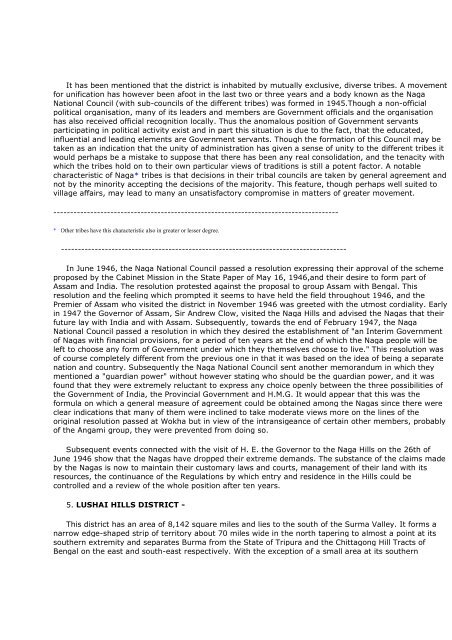
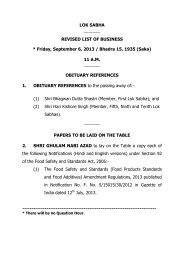
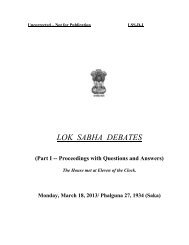

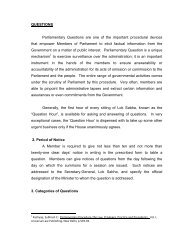
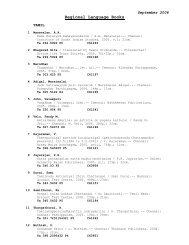

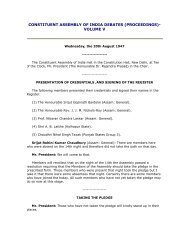
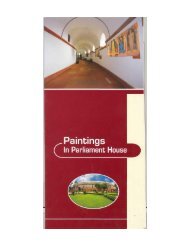
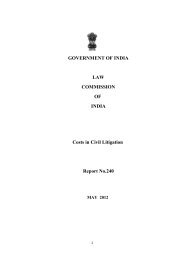
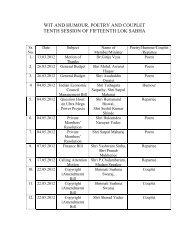
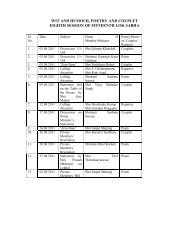

![gÉÉŌ A.]ÉŌ. xÉÉxÉÉ](https://img.yumpu.com/8015720/1/190x245/geeo-aeo-xeexee.jpg?quality=85)
